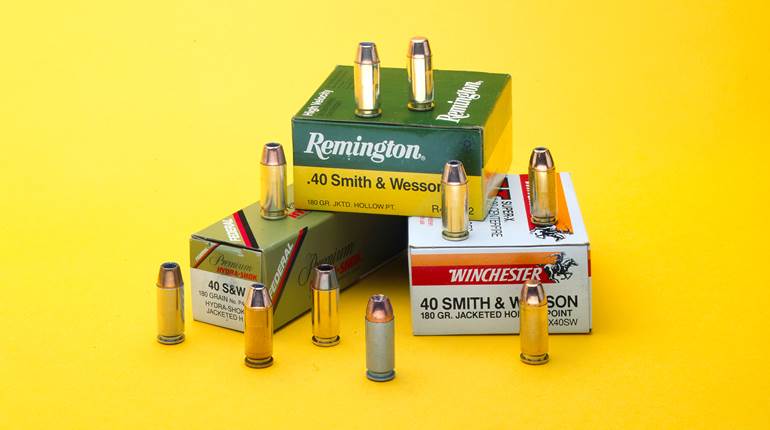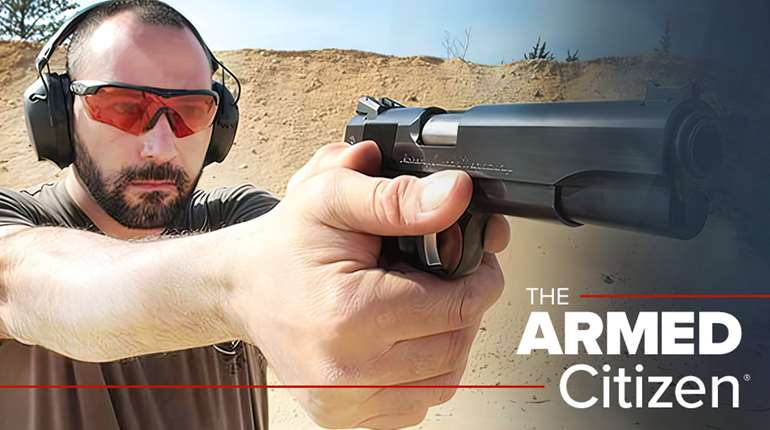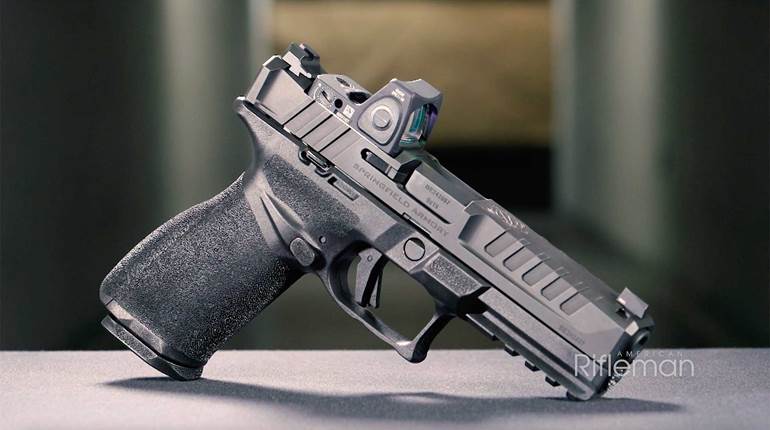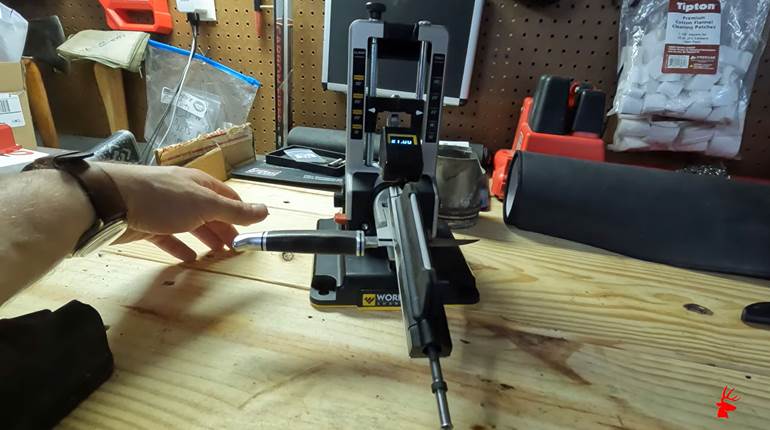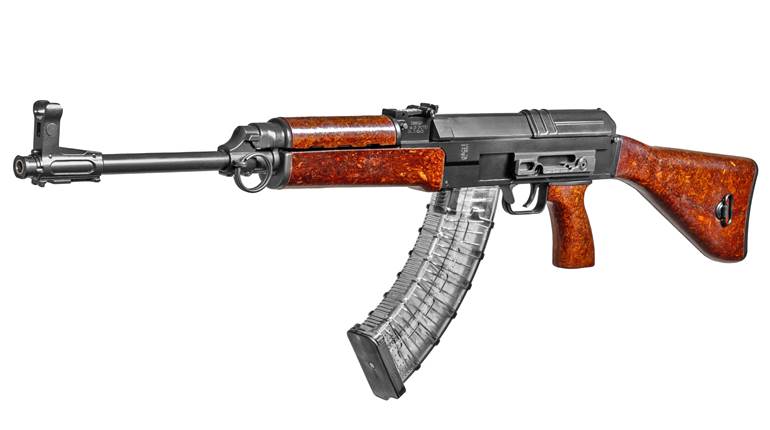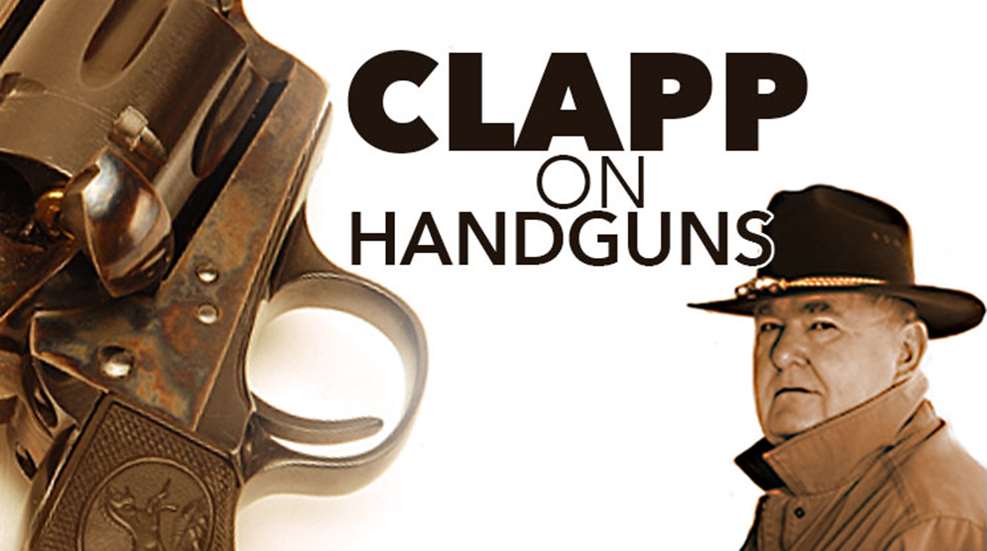
Since the advent of the centennial year of the 1911, and the several years preceding it, I have received quite an array of 1911 pistols for evaluation. New guns from all the major makers-Colt, S&W, Ruger, SIG Sauer, Kimber, Springfield and Taurus-offer fine examples of the classic service sidearm, and the high-end makers like Baer, Brown, Nighthawk and Wilson are excellent. Non-Colt 1911s have been around since sometime in the 60s. The earliest of that breed were not all that hot, but the bar is growing higher all the time.
With virtually no exceptions, I shoot these guns in the Ransom Rest, which some critics view as suspicious, if not downright unmanly. Still, I am confident that the results are quite even and consistent. This test also tells me that one characteristic of the 1911 breed is definitely changing. Simply stated, the 1911 pistol of today is more accurate than the guns of 40 to 50 years ago. I can only theorize as to why this is happening.
With every major handgun maker competing for a bigger slice of the pie, company engineers vie for any feature that will improve their product’s position in the marketplace. It looks like they have come to understand what it takes to make a 1911 accurate. Although other factors have a bearing on the accuracy equation, the most important thing is the fit of the barrel to the slide. If the barrel fits the slide properly at the muzzle end-underlugs, locking lugs and breech face-the gun is likely to be decently accurate. It is not a guarantee, but the really top-notch specimens usually have respectable barrel fit.
It is not so much a function of precise rifling in the barrel, either. I know of one experiment in a military shop, where a match-grade barrel was smooth-bored, then fitted to a pistol in a match configuration. The resulting handgun shot as accurately as other top grade pistols. Who benefits from all this attention to the performance of once-ordinary handguns? Why, the shooters do.













